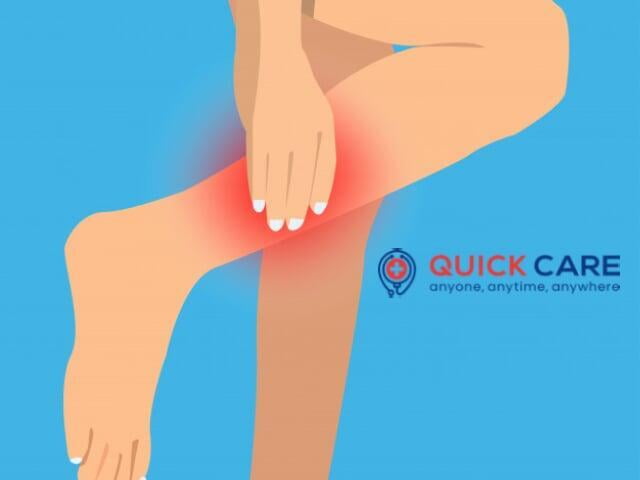Peripheral artery disease is a common circulatory condition, in which narrowed arteries limit blood flow through your limbs (also known as peripheral artery disease)
If you develop peripheral artery disease (PAD), your extremities—usually your legs—do not obtain enough blood flow to keep up with demand. This causes symptoms, most notably leg pain when walking (claudication).
Peripheral artery disease is also likely to be a sign of a more widespread accumulation of fatty deposits in your arteries (atherosclerosis). This can reduce the flow of blood to your heart and brain, as well as to your legs.
By quitting smoking, exercising and eating a healthy diet, you can often successfully treat peripheral artery disease.

Experts claim that about half of all people with PAD do not know they have a condition; this is because many people have no symptoms. Possible signs shall include:
Atherosclerosis is the most common cause of PAD. Atherosclerosis is a progressive mechanism in which a fatty substance is formed within the arteries.
Less common causes of peripheral artery disease include blood clots in the lungs, limb damage, and irregular anatomy of muscles and ligaments.
Risk factors that contribute to PAD include diabetes, smoking, obesity, high blood pressure, growing age, high cholesterol, family history of heart disease, and excess levels of C-reactive protein or homocysteine.
What are the conditions for PAD?
If left untreated, patients with Peripheral artery disease PAD can develop serious health problems, including:
There are many ways in which PAD can be identified, if the disease is suspected, the doctor will first examine the patient’s legs.
A 2011 ACCF/AHA A based update of a guideline for the treatment of patients with a peripheral artery disease (Upgrading the 2005 Guideline) was prepared in collaboration with the American College of Cardiology Foundation and the American Heart Foundation. The text was released in the newspaper Circulation.
They recommend:
Regular physical activity – this is the most successful therapy, and a supervised fitness training programme is also prescribed by the doctor. The patient may have to start slowly. Easy walking regimens, leg exercises, and treadmill workout programmes three days a week will lead to reduced symptoms in just 4-8 weeks.
Diet changes and modifications – many people with PAD have elevated cholesterol levels. A diet low in saturated fat, trans fat and cholesterol, as well as many fruits and vegetables, can help lower blood cholesterol levels.
The risk of PAD, heart attack and stroke is significantly increased by smoking cessation-tobacco smoke. Smokers may have four times the risk of developing PAD than nonsmokers. Stop smoking will lead to slowing the growth of PAD and other cardiac illnesses.
Some medications – the doctor may prescribe antihypertensive drugs as well as statins to lower cholesterol levels. Cilostazol and pentoxifylline may be prescribed in patients with intermittent claudication. ACE inhibitor ramipril has been shown to enhance pain-free walking by 60% in a study published in JAMA.
Exercise for intermittent claudication must take into account the fact that walking can be painful. The program consists of alternating between activity and rest.
If the above-mentioned treatments are not helpful enough the doctor can advise angioplasty – surgery to unblock or fix a blood vessel.
© 2021 QuickMDCare. All Rights Reserved. Build with 🧡 by PPCROY